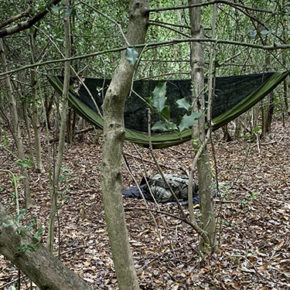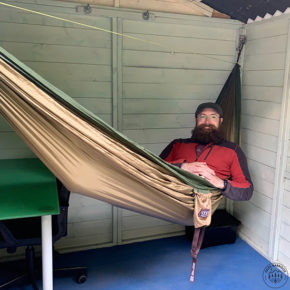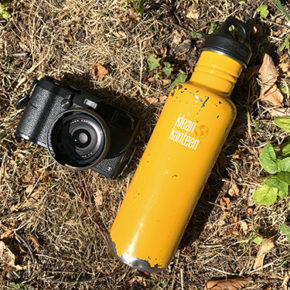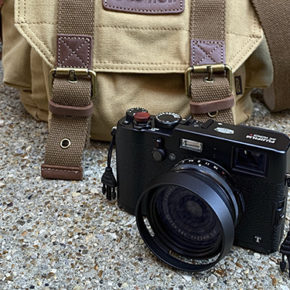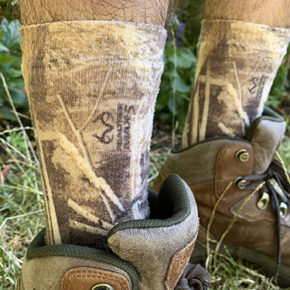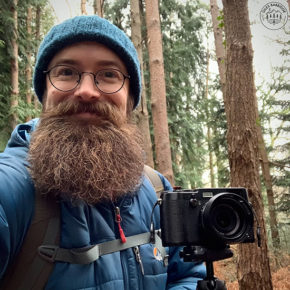Make Some Noise!
For this article, I’ve plucked a picture from the archives. The message behind it is a simple one: using high ISO can actually be a great and effective technique – one which doesn’t really get the credit it deserves in this age of high-megapixel, fine detail, HD image-making.
The picture you see comes from a shoot with trials bike supremo Jack Challoner, and was something of a happy accident. The light levels were pretty low, requiring high ISO settings in the range of 3200-6400. This allowed me to hand-hold the camera (a Nikon D3) and react to opportunities as they happened – whether they be sweeping wide-angles, fast-paced action or up-close head shots.
In spite of the ability to capture the action nice and sharp, of course there remained the matter of correctly exposing the scene. Essentially not a problem, but I had to be careful when pointing my camera from an area of deep shadow to one of relative highlight. In some places there was a range difference of around 3-5 f-stops.
For some of the time I was shooting on manual exposure mode, and this picture presented itself seconds after I was shooting towards a very bright area of the tunnel. The result? The camera underexposed the scene, giving the result below.
Ordinarily, you might think this was a bin-worthy effort. I certainly did when first reviewing the picture on the back of the camera, but decided to keep it ‘just in case’. I’m very glad I did.
One of the benefits of shooting RAW files (if you don’t, why not?!) is that you have absolute control over the image. Knowing this, I worked the picture a little in Photoshop, raising the levels so that detail began to reveal itself. Naturally, the image came out very grainy (remember, it had been massively underexposed), but it is for that very reason that I liked it. I was also happy to let the shadows block-in, at the same time pushing the highlights as far as they could go.
Yes, I could have worked it even further to remove some of that digital noise, but I think it actually adds to the mood of the scene. After all, one of the aims behind the sequence of pictures was to highlight Jack’s amazing talents in this dirty, dusty, underground location. I actually quite like the ‘imperfect’ nature of the final result here.
I did, however, feel that the colour version was lacking somehow. The grittiness wasn’t showing through to the extent I knew it could, so it was almost a no-brainer to convert the picture to black & white. Maybe you would have stuck with the colour version to see just what was possible? As is so often the case, the creative decision is a personal one.
Other ways to create this look? The obvious approach would be to shoot nice, clean images (around ISO 200-600) – so long as you were confident of capturing the action – and then add the noise in afterwards. But if you know anything about my approach by now, you know that I like to get things as close to how I want them, in-camera, at the time of shooting. Photoshop etc is then there to bring out the best in my pictures, to realise the vision I have in my head at the time.
Ok, so this picture was a bit of a fluke. But then, isn’t it the case that happy accidents – or ways to find solutions to problems, for that matter – can often lead to some of the best outcomes? I’m not for a second suggesting you go out and capture your pictures at 3 or 4 f-stops below the ‘correct’ exposure value (well, you can if you like), but why not have a little play with your technique, to push the creative boundaries as far as you can?
If you didn’t catch the original behind-the-scenes article about the Jack Challoner shoot, you can read it here.
Category: Location photography, Technique



